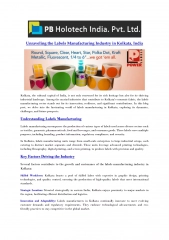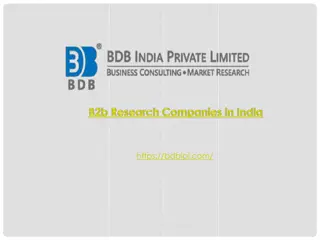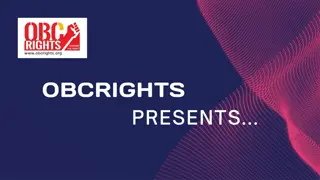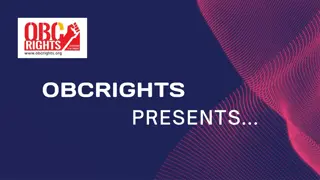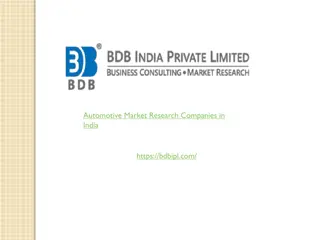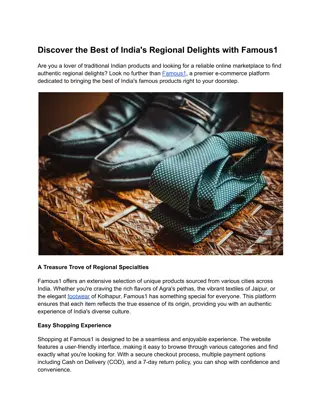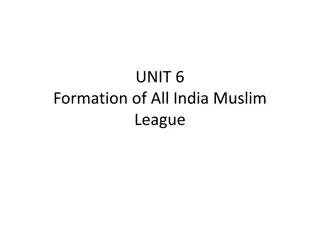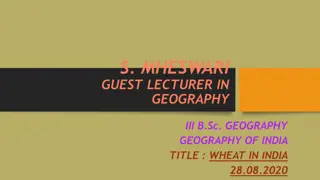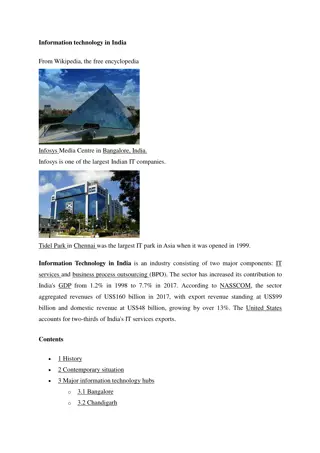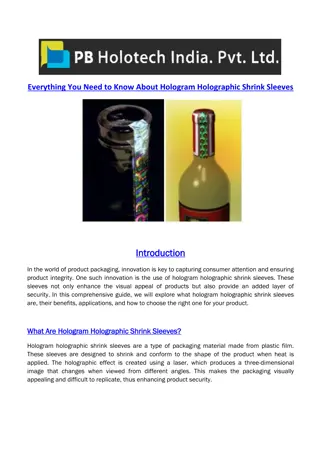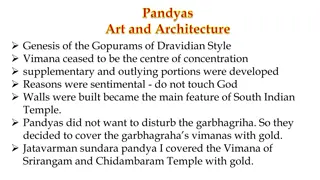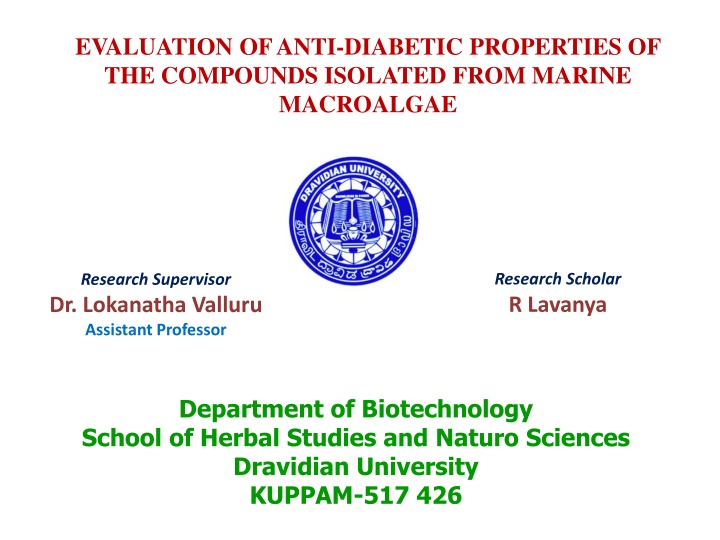
Evaluation of Anti-Diabetic Compounds from Marine Algae
This research explores the potential anti-diabetic properties of compounds isolated from marine macroalgae, aiming to address the global burden of diabetes through natural bioactive extracts. By evaluating the effects on STZ-induced diabetic rats and examining antioxidant modulation, the study seeks to contribute valuable insights for diabetes management.
Download Presentation

Please find below an Image/Link to download the presentation.
The content on the website is provided AS IS for your information and personal use only. It may not be sold, licensed, or shared on other websites without obtaining consent from the author. If you encounter any issues during the download, it is possible that the publisher has removed the file from their server.
You are allowed to download the files provided on this website for personal or commercial use, subject to the condition that they are used lawfully. All files are the property of their respective owners.
The content on the website is provided AS IS for your information and personal use only. It may not be sold, licensed, or shared on other websites without obtaining consent from the author.
E N D
Presentation Transcript
EVALUATION OF ANTI-DIABETIC PROPERTIES OF THE COMPOUNDS ISOLATED FROM MARINE MACROALGAE Research Scholar R Lavanya Research Supervisor Dr. Lokanatha Valluru Assistant Professor Department of Biotechnology School of Herbal Studies and Naturo Sciences Dravidian University KUPPAM-517 426
INTRODUCTION Diabetes is a disorder of metabolic causing excessive thirst and production of large urine Diabetes Diabetes inspidus (caused due to deficiency of vaopressin harmone) Diabetes mellitus (DM)(caused due to insulin deficiency) Type-1 Diabetes mellitus (IDDM) Type-2 Diabetes mellitus (NIDDM) Gestational diabetes (occurs during pregnancy) Subtype-1A (immune mediated) DM Maturity onset diabetes (MOD) Subtype-2A (idiopathic) DM Latent autoimmune diabetes of adults (LADA)
DIABETES MELLITUS Diabetes mellitus is a chronic metabolic disorder to the man kind related to: - Abnormal insulin production, or - Impaired insulin utilization, or - Both of the above Leading cause of heart disease, stroke, adult blindness, and non-traumatic lower limb amputations Above 360 million people world wide, 66.3 million people in India were suffering with DM because of over nutrition and sedentary life style. (Himanshu et al., 2014; Nandakesav et al., 2015). Even though there was tremendous development in modern medicine, management of diabetes without any side effects is still challenge to medical systems. WHO expert committee recommended the traditional medicine and their activity in bringing control on uncontrolled glycemic and other disorders implicated in the diabetes.
MARINE MACROALGAE Marine macroalgae have been used as drug source in folk medicine. They are the producers of the oceans that have the unique ability to with stand salt- triggered oxidative stress conditions, without any oxidative damage in their structural components. It was reported that the Polysaccharides, glycolipids, small molecular weight bioactives, and phenolic components in these marine flora were found to competitively inhibit metabolic activities in an oxidative stress induced diabetic reactions, resulting in increased production of insulin. Marine macroalgae compounds were obtained from Dr. Kajal Chakraborty labs, Central Marine Fisheries Research Institute, Cochin, Kerala, India.
OBJECTIVES macroalgae for natural bioactive compounds for stress induced Diabetes mellitus with following objectives. To evaluate and screen various extracts of marine To collect and screen various bioactive extracts obtained from marine macroalgae on STZ induced diabetic rats. To evaluate the anti-diabetic activity of the various bioactive extracts from marine macro algae. To determine the effect of marine macroalgae bioactive extracts on anti-oxidant modulations during STZ-induced diabetes.
MATERIALS AND METHODS Collection of marine macroalgae samples:
Solvent (methanol, ethanol) and aqueous extracts of red and brown seaweeds Sample code Genus name Sample code Genus name Red seaweeds Brown seaweeds Aqueous extracts PS1 A1 A2 G1 EM9 FS4 FS1 EM2 EM3 FM1 Gracillaria opuntia Kappaphycus alverizii Laurentia pailosa Jania rubens Kappaphycus alverizii Turbinaria conoides Sargassam weightii Sargassam myriocystum Padina gymnospora Padina tetrastomatica Turbinaria ornate FM4 S3 Gracillaria opuntia Methanolic extracts (MeOH) SF1 PH1 S2 F1 S1 S4 Ethanolic extracts (MeOH) S7 AE3 SF S1 Gracillaria opuntia Kappaphycus alverizii Laurentia pailosa Jania rubens Hypnea musciformis Hypnea valentiae Turbinaria conoides Sargassam weightii Sargassam myriocystum Padina gymnospora Padina tetrastomatica Turbinaria ornate F1 K1 MV1 MP1 FS2 EM1 FM2 FM3 FS5 Gracillaria opuntia Kappaphycus alverizii Laurentia pailosa Sargassum weightii Turbunaria conoides Sargassum myriocystum Turbinaria ornate
Experimental design: Experimental groups Group-3 +ve control (STZ+Glibencalmid e) STZ+ marine macroalgae extracts (n=31) Group-1 Normal control Group-2 Diabetic control Group-4 Group-5 STZ+ marine macroalgae extracts (n=31) STZ+conc. 125mg/Kg BW STZ+ marine macroalgae extracts (n=31) STZ+conc. 175mg/Kg BW The experiment was continued for 21 days
Estimation of Glucose levels by Accucheck method (Hugget and Nixson, 1957) Estimation of glycosylated hemoglobin by HbA1c assay (Karunanayake and chandrasekar, 1985) BIOCHEMICAL ANALYSIS Assay of superoxide dismutase (SOD) by Misra and Fridovich, 1972 Assay of catalase (CAT) by Aebi and Packer, 1984 Assay of Glutathione Peroxidase (GPx) by Rotruck et al., 1973 Assay of Glutathione-S-Transferase (GST) by Habig et al., 1974 Estimation of Reduced glutathione (GSH) by Sedlak and Lindsay 1968 Assay of Lipid Peroxidase (LPx) by Hiroshi et al., 1979
RESULTS Glucose Levels 450 400 Glucose levels in mg/dL 350 300 250 200 150 100 50 0 Different Marine Macroalgae compounds HbA1c levels 16 14 HbA1c levels in % 12 10 8 6 4 2 0 Different Marine Macroalgae compounds
Selected marine macroalgae compounds 120 Glucose levels in mg/dL; HbA1c levels in % 100 80 GLU 60 HbA1c 40 20 0 AE3 FS4 FM4 PH1 SF1 Different marine macroalgae compounds
After screening of 31 marine macroalgae extracts, five extracts (AE3, FS4, FM4, PH1 and SF1) has shown significant changes in blood glucose and HbA1c levels. The perturbations of the anti-oxidant enzyme levels were studied by using the selected five potential extracts during STZ-induced diabetic rats.
Antioxidant enzyme levels SOD CAT GST GPx GSH LPx
Based on the antioxidant enzyme activities, glucose, HbA1c levels and solubility of the extracts the results duly revealed that among five potential extracts G. opuntia (FM4) (aqueous) showed greater anti- diabetic properties.
CONCLUSION Out of 31 marine macroalgae compounds the ethanolic extract of T,conoides (AE3), methanolic extracts of S.weightii and T. conoides (PH1 and SF1), aqueous extract of G. Opuntia (FS4) and G. opuntia (FM4) have significantly reduced the glucose, HbA1c and antioxidant enzymes activity levels. The crude extracts of marine macroalgae have capability of reducing the diabetes and related oxidative stress. Among the different marine macroalgae treatments, aqueous extracts of G. opuntia (FM4) showed significantly greater anti-diabetic properties.
Acknowledgement Authors R. Lavanya and Dr. Lokanatha Valluru, is highly thankful to DST- Science and Engineering Research Board (No.SR/S1/OC-96B/2013 Dt. 20.11.2013). Government of India, New Delhi, for providing financial assistance in the form of research grant. We are also thankful to Dr. Kajal Chakraborty, CMFRI, Cochin for macroalgae extracts. providing the marine



